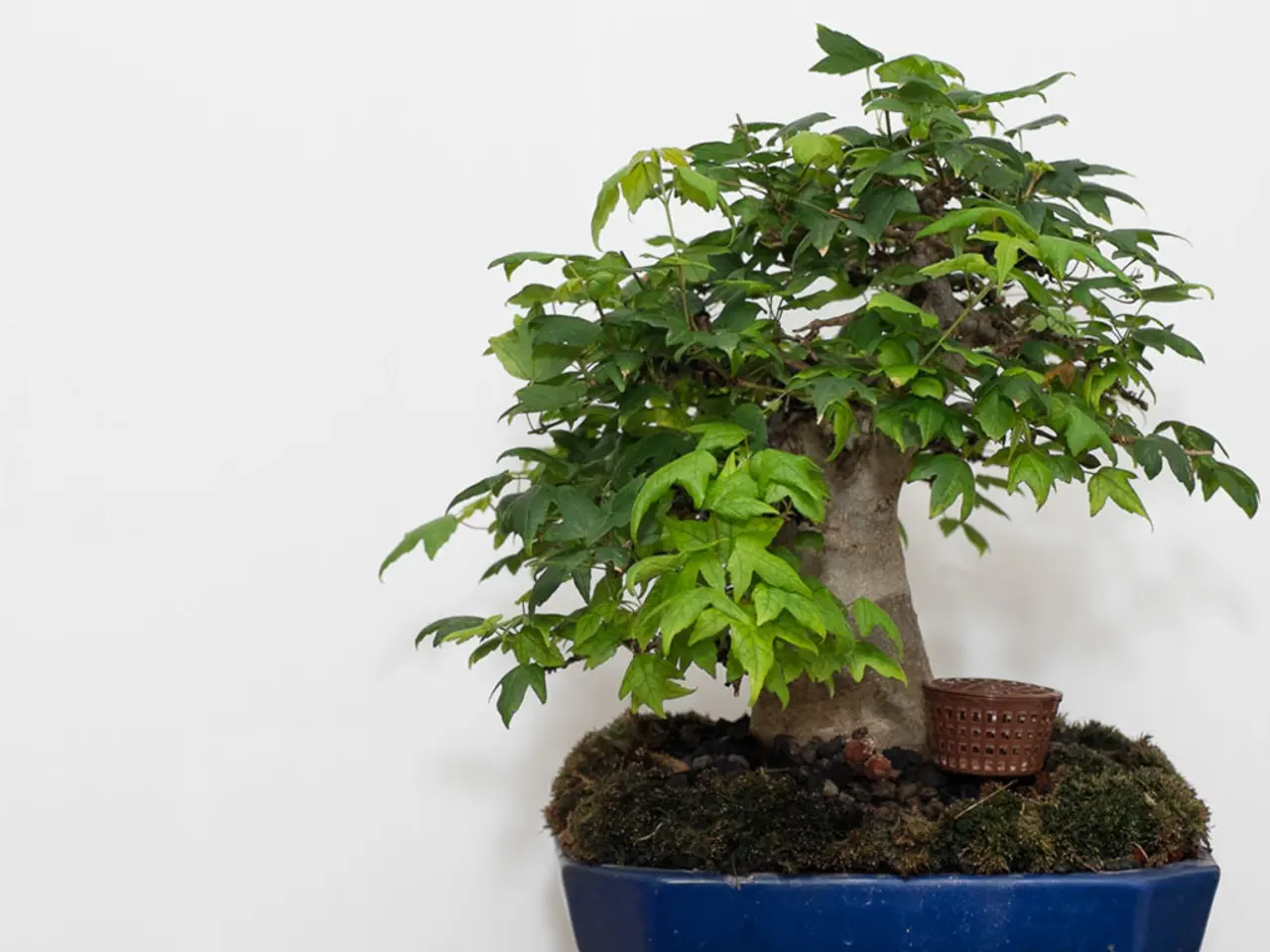Reviving Historic Bonsai Equipment: Infusing Olden-Day Charm Back Into Timeless Work
In the world of bonsai, vintage tools hold a special charm and significance. Here's a step-by-step guide to restoring and preserving these cherished instruments, ensuring they remain functional and beautiful for years to come.
Cleaning
Begin by removing dirt, rust, and old residues from your vintage tool. You can use a wire brush, fine steel wool, or rust remover solutions. A brief soak in mild soapy water can help loosen grime before scrubbing. However, avoid soaking wooden handles for extended periods to prevent swelling or damage.
Polishing
After rust removal, polish the metal parts using a fine abrasive, such as 400-600 grit sandpaper or metal polish, to restore shine and smoothness. This step also prepares the surface for protective coatings.
Repairing
Inspect your tool for any damage, such as bent blades, loose handles, or broken parts. Tighten screws or rivets, replace wooden handles if they're cracked, and address bent metal by carefully hammering it back into shape or seeking professional help for complex repairs. Some restorers use innovative materials like surgical tubing for minor repairs or reinforcement.
Sharpening
Use sharpening stones or whetstones appropriate for metal blades to restore cutting edges. Progress through coarse to fine grits, maintaining consistent angles to preserve the tool’s original bevel and performance. This step requires patience and care to avoid uneven edges.
Protective Coating
After sharpening and polishing, apply a thin protective coating like machine oil, camellia oil, or a specialized tool oil to prevent future rust. Wiping this oil regularly improves longevity and usability. For handling comfort and protection, vintage tool handles may also benefit from conditioning with wax or linseed oil.
Storage and Additional Tips
Store restored tools in a dry, cool place, away from direct sunlight, to maintain their integrity. For tools with intricate mechanisms, consider storing them in a protective pouch or wrapping them in a soft cloth to prevent corrosion. If possible, store tools in a leather holster or protective case designed for bonsai tools.
Attend specialized workshops on sharpening or restoration for more advanced techniques. Remember, vintage tools have historical and functional value, so focus on preserving original parts when possible instead of full replacement.
By following these steps, you can restore vintage bonsai tools to their former glory, though not necessarily to their original condition, as wear and tear leave indelible marks on these treasured instruments. In their refurbished forms, these tools stand poised, ready to guide the hands of modern masters, as the timeless beauty of bonsai continues to unfold.
When working with old tools, exercise caution to avoid exposure to potential hazards like lead-based paints, rusty metal, and worn handles. Wear protective gear such as gloves and safety glasses to ensure a safe and enjoyable restoration experience.
With patience, care, and the right techniques, your vintage bonsai tools will be ready to serve you for many years to come.
- Embracing the realm of vintage tools extends beyond bonsai, such as restoring fashion-and-beauty items, classic cars, or antique furniture. Each requires careful cleaning, polishing, repairing, and sharpening to maintain their original charm and functionality.
- In the world of fashion-and-beauty, one might use a brush, steel wool, or cleaning solutions to clean jewelry, a wire brush or sandpaper to clean a sewing machine, and special solvents to remove makeup stains from vintage clothing.
- Applying protective coatings like oil or wax can protect vintage food-and-drink equipment, home-and-garden tools, and even leather items, preserving their longevity and usability.
- When traveling, collecting unique souvenirs such as local crafts, clothing, or antiques often requires similar care and maintenance to preserve their value and beauty. Likewise, treating one's pets to stylish toys or custom-made accessories can be approached with the same deliberate attention to restoration.




